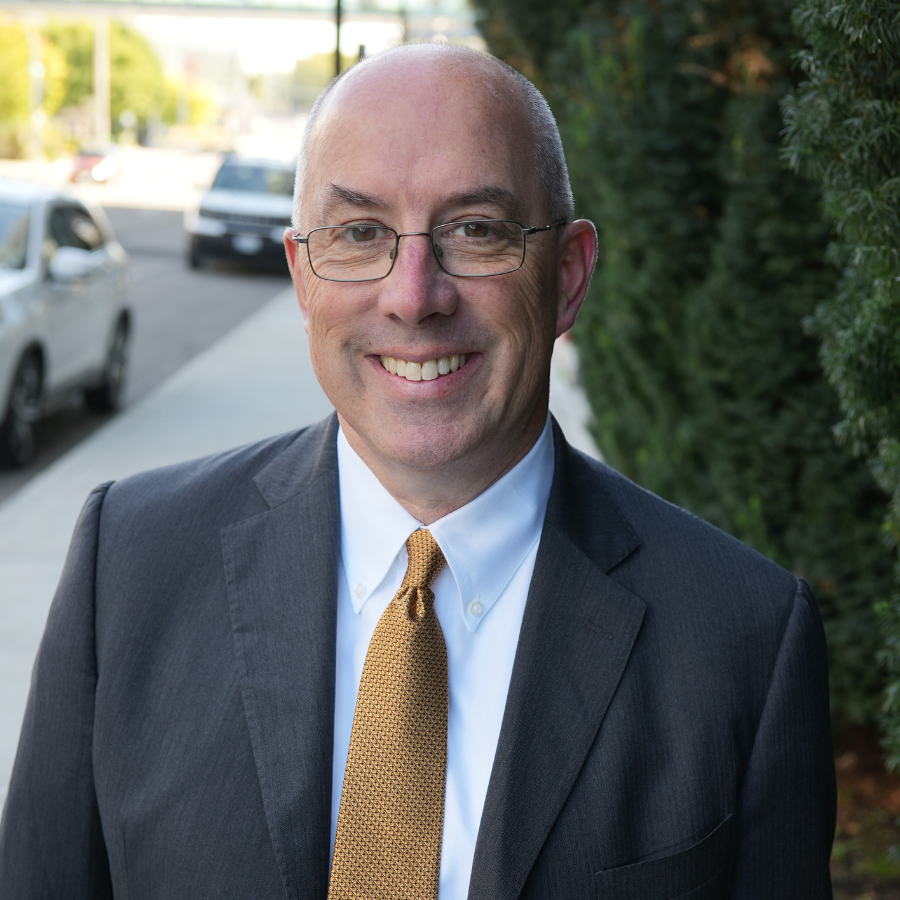Related Articles
The Puget Sound Business Journal published this op-ed on March 6, 2009
About mid-way through the public meeting, one resident summed it up. In considering whether to approve a new dock on Maury Island, he encouraged officials at the Department of Natural Resources (DNR) to “follow the science” and make the decision based on the evidence. He added, without a hint of irony, “but if the science is wrong, do what you think is right.”
In other words, follow the science, unless you don’t like it, then do what you want anyway.
The speaker, an opponent of the new dock, crystallized the battle lines when it comes to many recent environmental battles: science versus NIMBYs.
Across Washington, new construction, forestry, aquaculture and other projects are opposed by Not-In-My-Back-Yard (NIMBY) neighbors who argue they support these activities theoretically, just not in their community. Invariably, they cite “science” and environmental impacts as the reason they oppose these projects. Science, however, frequently points in the other direction.
In his recent Business Journal profile, new Lands Commissioner Peter Goldmark promised he would follow the science. He has a number of opportunities to send a clear message that science, not politics, will be at the center of his decision making.
His main opportunity will come in forestry policy. As manager of the state’s forests, he will face numerous cases in which neighbors push to stop forestry on public or private land. Old growth forests are often at the center of these debates.
Most of Washington’s old growth was harvested decades ago and preserving what remains is important. When harvests are planned, however, old growth seems to pop up everywhere and people routinely claim it is in their backyard.
While I was at DNR, a neighbor of one timber harvest, asked to testify by the environmental community, argued that the forest near his neighborhood was pristine, old growth habitat. He hastened to add that there were many more houses around the forest than shown on the map used by regulators. Apparently the large number of houses didn’t impact the “pristine” nature of the forest in his mind.
Forestry is also a central part of Washington’s efforts to reduce CO2 emissions. Trees store carbon reducing the level of greenhouse gases in the atmosphere. Further, locally harvested timber is not shipped long distances and uses less energy than alternatives like steel or concrete. Ironically, environmental groups who agree with that premise also push to reduce the number of harvests in Washington, pushing them overseas.
The same is true of claims about water. Neighbors often cite potential impacts to water or wildlife as a reason to stop projects. Like the neighbor opposing the Maury Island dock, the fact that the science does not support the claims doesn’t end the debate.
The Maury Island fight is emblematic. Despite scientific approval from several agencies, including the Department of Ecology and Department of Fish and Wildlife, neighbors continue to claim that the dock will harm the environment. There is no shortage of irony in this case.
Last year protestors traveled to the island to protest the project, apparently unconcerned by the impact created by the 100 trips a day caused by the ferries they rode to get there. The most polluted part of the island is Quartermaster Harbor, far from the proposed project but home to a marina where residents keep their boats.
Unfortunately, Goldmark appears to be following an unscientific approach. He announced an examination of whether the project fit with the goals of the Puget Sound Partnership. His agency, however, has hundreds of leases in Puget Sound, yet he is only examining one. Certainly there is no reason that science would single this one out.
Finally, we are also likely to see more fights between neighbors and wind farms as Washington strives to meet the green energy mandates required by law. Claims about the impact to birds and other environmental problems have been raised by neighbors who say that, while they are all for green energy, putting it near their community is inappropriate.
In each case the controversy is not about science but aesthetics. Environmental claims are frequently as cover for the real argument, which is the neighbors don’t like the look of a project. Neighbors rarely make that argument directly, however, because it is simply unconvincing to argue “put this project in someone else’s neighborhood, not mine.”
Science should not be misused to hide what is essentially an issue between neighbors. All too often in recent years the environmental community has tried to use bad science as a cover for other issues. Ultimately bad science hurts jobs and the economy and draws attention away from real threats to the environment.
Which approach will the environmental community and Commissioner Goldmark choose? If they truly care about prosperity and the environment, they will choose science, even when it means saying no to the NIMBYs they have traditionally cultivated.



